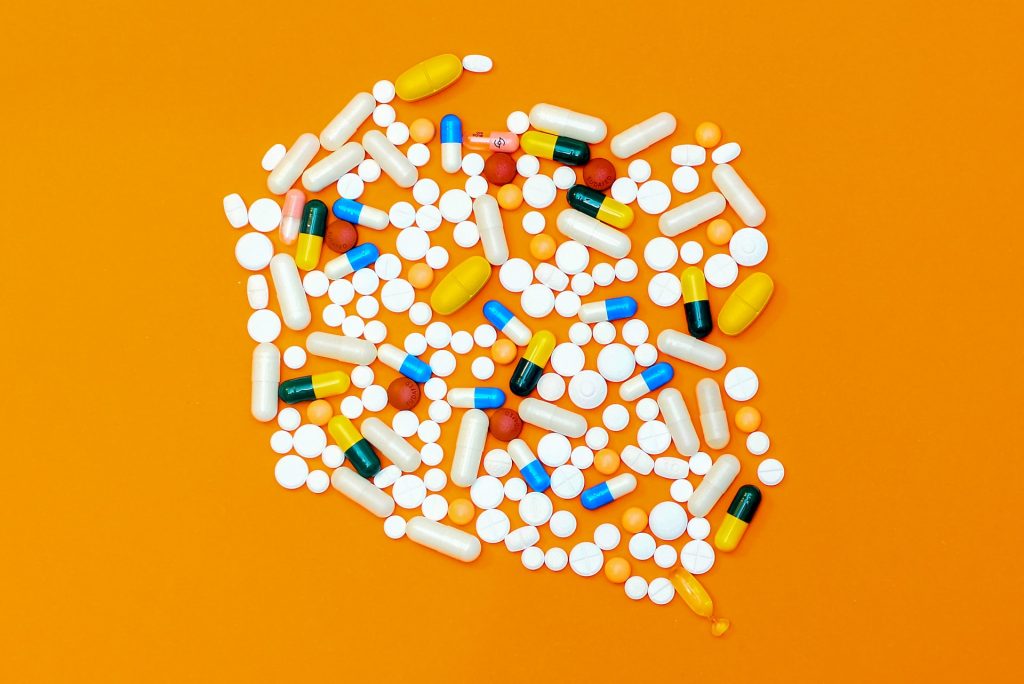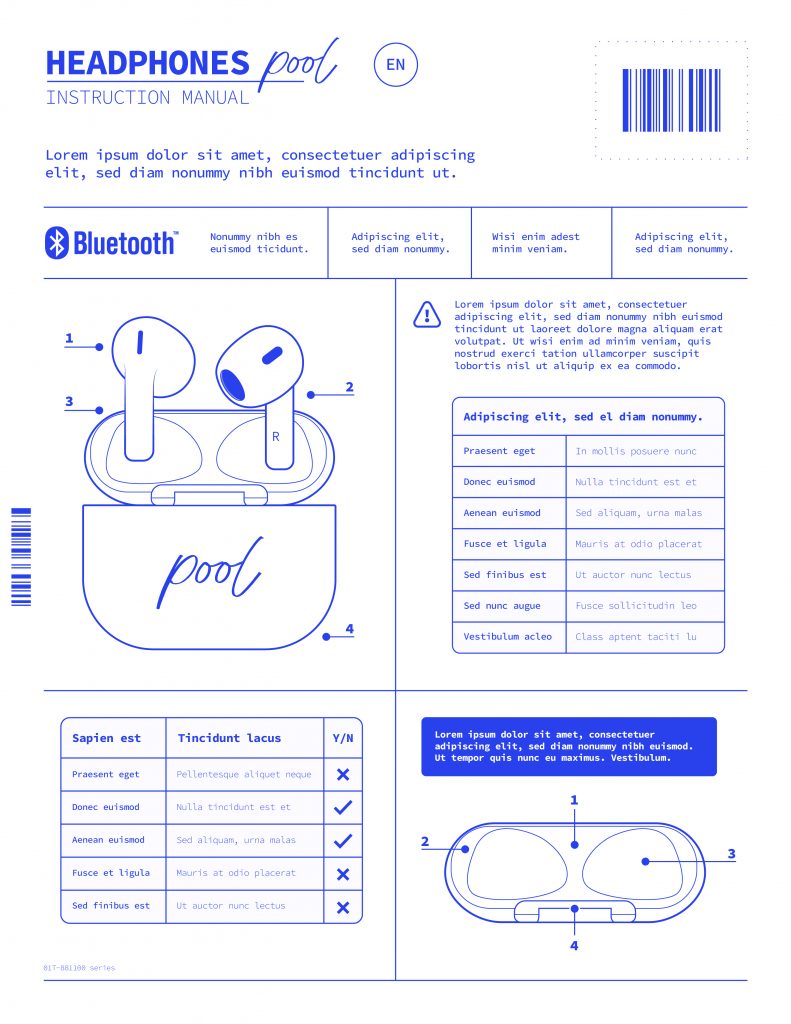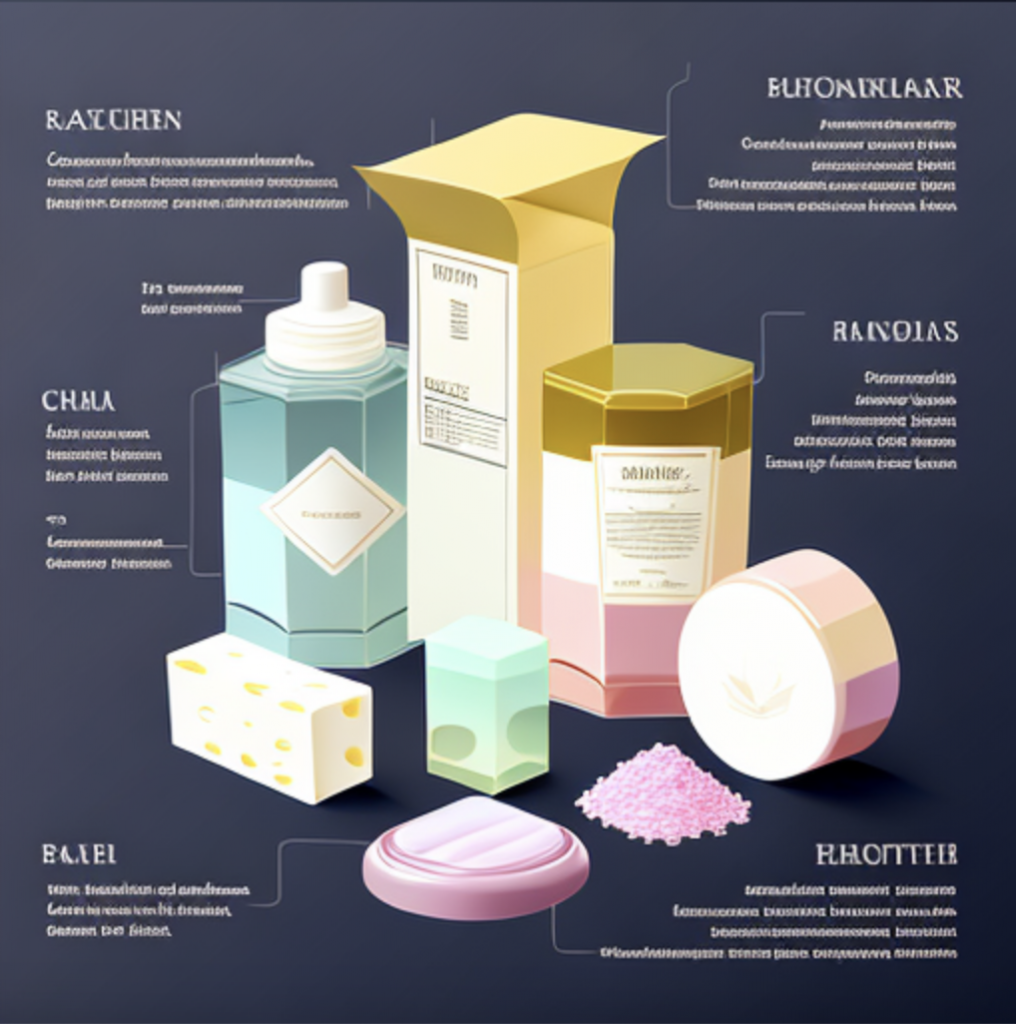
Precision and consistency are essential for a good packaging design, which makes version control keystone in the creative process. Any misstep in managing design versions can lead to costly errors, delays, and even brand integrity issues. Artwork Management plays a critical role in mastering packaging version control, even if most of the times, this role is seen as a silent hero as it is rather transparents for users of these systems.
The Challenge of Packaging Version Control
Design projects, especially in industries like pharmaceuticals, retail, and food production, often involve numerous stakeholders contributing feedback, revisions, and updates. The result? A myriad of design versions that need to be tracked, compared, and managed efficiently. Failure in version control can result in:
- Inconsistencies: Different versions may introduce inconsistencies in branding, messaging, or design elements.
- Delays and Revisions: Unclear version control often leads to delays as teams struggle to identify the latest approved version.
- Quality Issues: Printing or production errors may occur if the wrong version makes it to the final stages.
Artwork Management’s Crucial Role
Artwork Management systems provide a structured and organized approach to the complex process of design iteration. Here’s how:
1. Centralized Repository:
Artwork Management systems serve as a centralized hub for all design versions. Every iteration, feedback, or change is documented and stored in an organized manner, eliminating the chaos of scattered files.
2. Version Tracking:
The ability to track changes across design versions is fundamental. Artwork Management systems meticulously record modifications, allowing teams to trace the evolution of a design from inception to approval.
3. Collaboration without Confusion:
In collaborative design processes, multiple individuals may be working on different aspects simultaneously. Artwork Management systems facilitate collaboration without the risk of conflicting versions, ensuring that everyone is on the same page.
4. Seamless Approval Processes:
Efficient version control streamlines the approval process. Stakeholders can review and approve the latest version without ambiguity, reducing bottlenecks and speeding up the journey from design to production.
Realizing the Benefits: From Efficiency to Compliance
1. Enhanced Efficiency:
Efficient version control translates to faster approval cycles, reduced back-and-forth, and a more streamlined design process. This efficiency is invaluable in industries where time-to-market is a critical factor.
2. Error Reduction:
By providing a clear history of design changes, Artwork Management systems significantly reduce the likelihood of errors making it into the final production stage. This ensures a higher level of quality and consistency in the end product.
3. Compliance Assurance:
Certain industries, such as pharmaceuticals, require stringent compliance with regulations. Artwork Management systems provide the necessary documentation and audit trails, ensuring that the design process aligns with regulatory standards.
Integration with Workflow: A Synergistic Approach
Artwork Management’s role in version control becomes even more potent when seamlessly integrated with a workflow management tool. This synergy ensures that version control is not a standalone process but an integral part of the broader design and approval workflow.
If you also want to embrace the advantages of Artwork Management in your packaging design process, and witness how mastering version control becomes the cornerstone of a successful and precise creative journey, do not hesitate to check Twona AMS, which integrates artwork management, workflow management, version control and approvals under one single roof.







